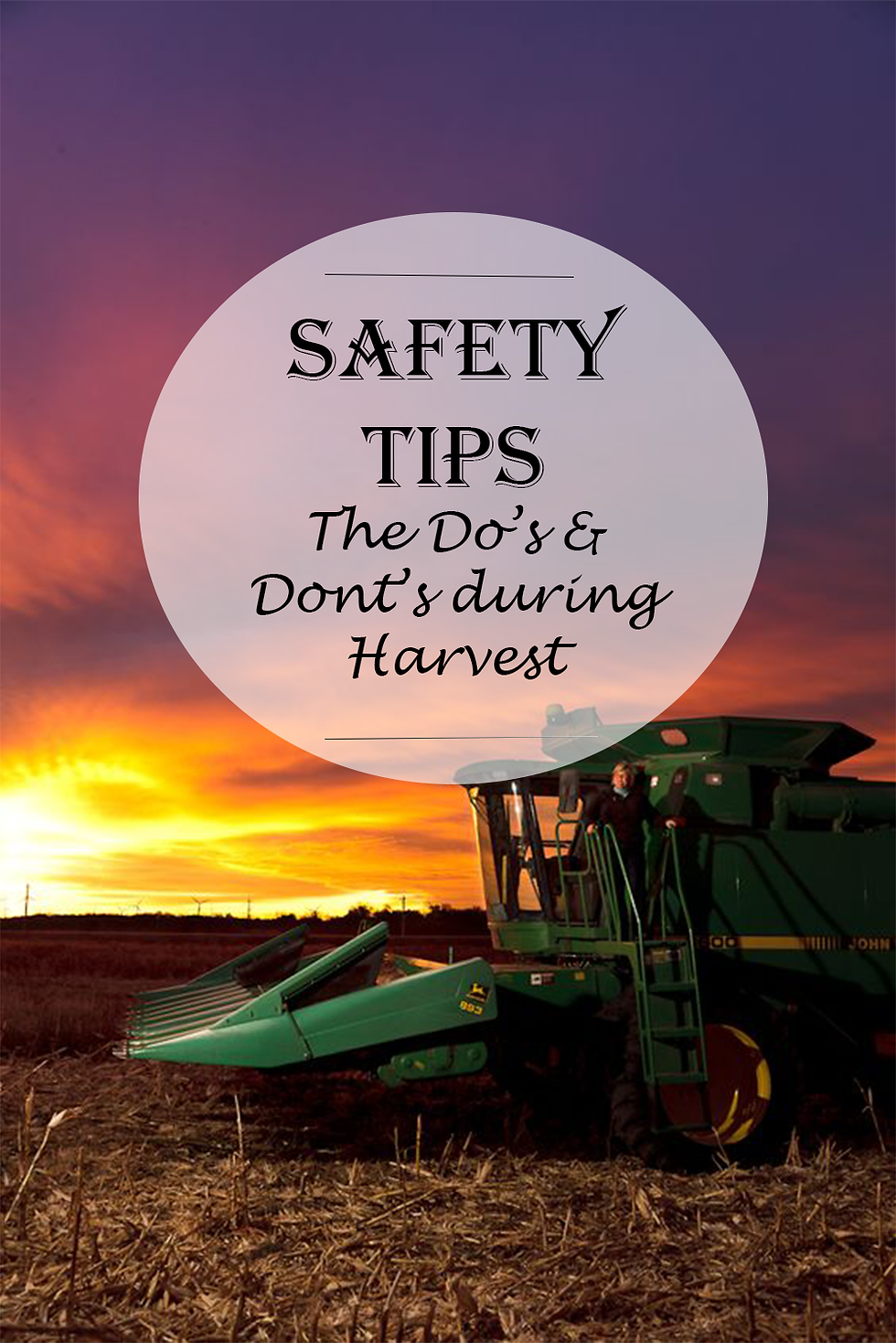5 key points that have the greatest impact on Crop emergence & production
- Taylor Lewis
- Mar 15, 2017
- 2 min read
When is the correct time to start planting? What conditions should we consider? Can agronomic issues be caused by our planter? There are a lot of factors to consider when planting season comes around; here are a few of them.
Correct Growing Conditions:
50*F ground temperature- Corn
55*F ground temperature- Soybean
Correct ground moisture
Too much moisture could cause side wall compaction, soil to be picked up by gauge wheels, and incorrect seed spacing and depth.
Early Season Frost:
Should not effect corn unless it gets cold enough to reach the growing point ¾ inch below the ground surface
Correct growing conditions are key for crop emergence and productions
Planting Date
On the Iowa map, you are able to see the suggested planting dates for corn in Iowa. These are just a guideline… if the growing conditions are not right you should not be planting
planting with incorrect growing conditions can cause decrease emergence and effect productions of the plant.

Operating the planter correctly
Slow down
Check your down force pressure
Too much could cause side wall compaction
Too little could cause incorrect seed depth
Soil type- “Know your farm”
As the soil types change you might need to adjust the down force pressure and seed depth
Planter is level
Parallel arms are parallel
Seed Depth & Spacing
Seed Depth
2 in seed depth for optimum growing conditions
1 ½ in for cool, damp soils
Never plant shallower than 1 ½ in
Determining Planting Depth
Nodal root area will develop about ¾ inch beneath the soil surface regardless of seed depth
Measure the mesocotyl length- distance from seed to crown or growing point then add ¾ inch to determine planting depth
Uniform spacing
Misplaced plant due to worn planter parts, skips, and doubles
Misplaced plants may decrease yield relative to a uniform stand
Missing plants or Skips will decrease yield relative to a uniform stand. Yield of adjacent plants will increase, but not enough to compensate for the missing plant
Extra Plants or Doubles may increase yield slightly if stand is below optimum. Yield of double plants as well as adjacent plants will decrease, but the yield of the extra plant will compensate for this reduction. If the plants do not grow at a steady pace together this extra plant could also be know as a weed.

Seed-Soil Contact
Utilize in-row residue managers where needed, especially in corn- corn rotations to insure good seed-soil contact
Row cleaners
Closing wheels
Strive for a firm seedbed that promotes uniform emergence and stronger root systems
By covering the seed with soil you will insure no air pockets for good germination
Management Tips
Make sure the target plant population is high enough to maximize profitability
Seed corn germination is about 95%. Overplant by at lease 5% to reduce the effect of germination induced skips
Plant reduction could also be caused by insects and more stressful soil conditions (cold and wet)
Be sure the planter is properly adjusted by digging behind the planter in each field.































Comments